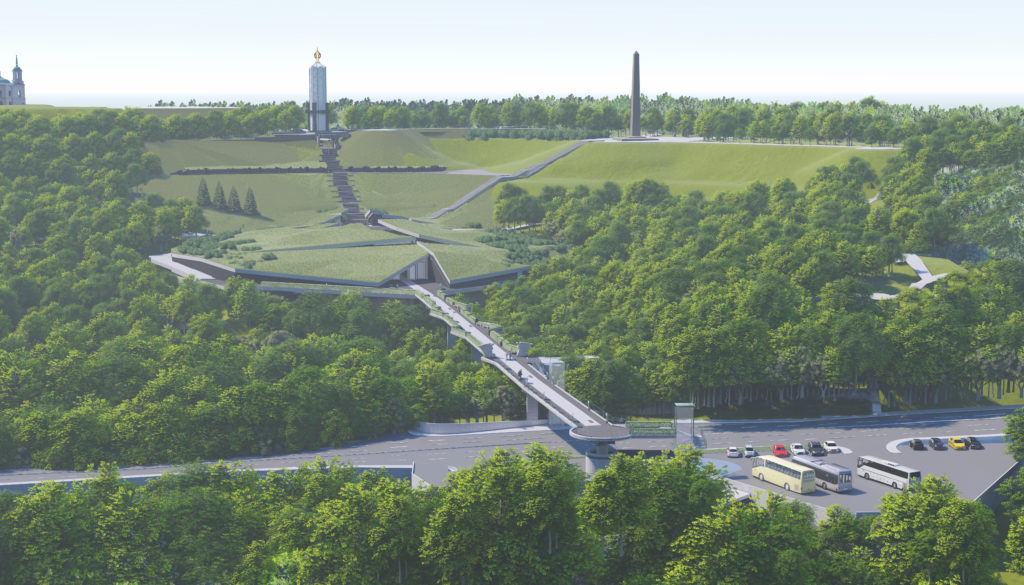Museum concept
The permanent exposition of the National Museum of the Holodomor Genocide will be an informative addition to its memorial part, the Hall of Memory. It will uncover the essence of the Holodomor, the crime of genocide of the Ukrainian nation, committed by the occupying communist regime. At the same time, it will demonstrate the struggle of Ukrainians for life. Decades of continuous fight for freedom led to the decay of the Communist empire, on the ruins of which independent Ukraine appeared. Despite the intent to turn the nation into a denationalised urban and rural proletariat, obedient slaves of the regime, Ukrainians stood up, won and became a modern political nation.
Usually, people discuss the greatest tragedies of humanity in terms of numbers. We aim to shift the conversation from focusing on statistics to emphasising the human aspect. Because of the lack of documentary sources and artefacts, intentionally destroyed by the Soviet authorities, oral history is the principal source of information on the history of the genocide of the Ukrainian people, the Holodomor of 1932–1933. Verbal communication will play a key role in conveying the extensive narrative about the Holodomor in the museum exhibition. After all, it is the human voice that enables us to formulate our thoughts, communicate with others, persuade and strengthen our position. The physical energy of the voice, insignificant in its physical dimensions, is capable of transforming into a frenzied emotional explosion when words become the key to knowledge, captivating, striking and terrifying.
The eyewitness testimonies and reflections of our contemporaries, the human voices in the exhibition, will complement the unique architecture of the Holodomor Museum building, as they represent the truth that was concealed and silenced, but which has now come to light.
The exposition structure will follow a layered approach, starting globally and moving to the personal, with a particular emphasis on local history and individual experiences. The beginning and end of the exposition will be particularly significant, as the voices of witnesses and their descendants will seem to echo and engage in dialogue. Identifying themselves as witnesses to historical events and listening to their voices and hints, visitors will be able to immerse themselves in the atmosphere of that time and seek answers to questions such as: “Why did the Holodomor become possible?”, “How was the genocide organised?”, “How to survive?”, “Why is it crucial to remember this?”, “What can we do to ensure that such a crime never happens again?”.


